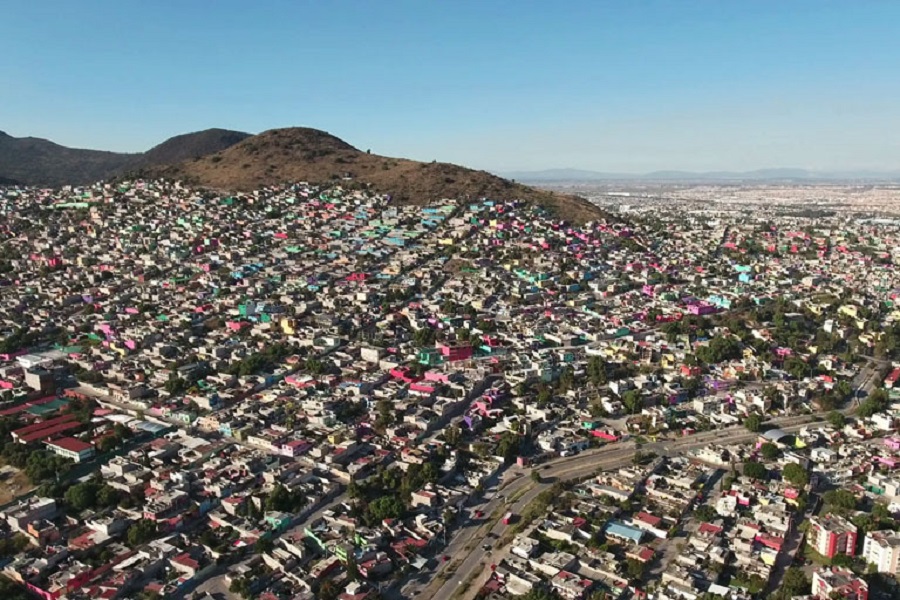RIO DE JANEIRO, BRAZIL – “The sum of the annual expense with families’ displacement and the cost of providing public services may exceed 1% of the country’s GDP each year,” alerted in a statement Pablo Lazo, director of Urban Development and Accessibility of WRI Mexico.
The report “The Cost of Urban Sprawl in Mexico”, presented online yesterday, noted that Mexico’s main cities are at serious risk due to their expansive and disorderly growth and, should the pace continue at its current rate, spending would need to be increased by up to 244%.

The estimate was made based on four factors, namely the costs of housing construction and urbanization, emissions derived from construction, displacement and basic service provision.
The report noted that there is an urgent need for policy change and specific measures to address these four factors.
The document argues that the economic cost of urban sprawl shows that current urban patterns are financially unsustainable for the future, and that urban planning strategies must be tailored to the context and particularities of each city.
The best option to reduce urban costs in the long term is to implement a residential location policy close to employment centers that will more efficiently use land and increase density, the report suggested.
It added that the location policy by itself can generate cumulative savings in annual costs of over 5%, “which would mainly benefit the most vulnerable population, with increased savings over time.”
Finally, the document points out that future planning efforts should be governed by the principles of co-responsibility in urban planning, of focusing institutional support on the most vulnerable areas, and of a comprehensive approach to planning based on an integrated analysis of the impacts and benefits of urban development in the short and long terms.
The study was conducted in eight metropolitan areas including the Valle de Mexico, Guadalajara (Jalisco), Monterrey (Nuevo Leon), Tijuana (Baja California), Reynosa (Tamaulipas), Merida (Yucatan), Tuxtla Gutierrez (Chiapas) and Culiacan (Sinaloa).

